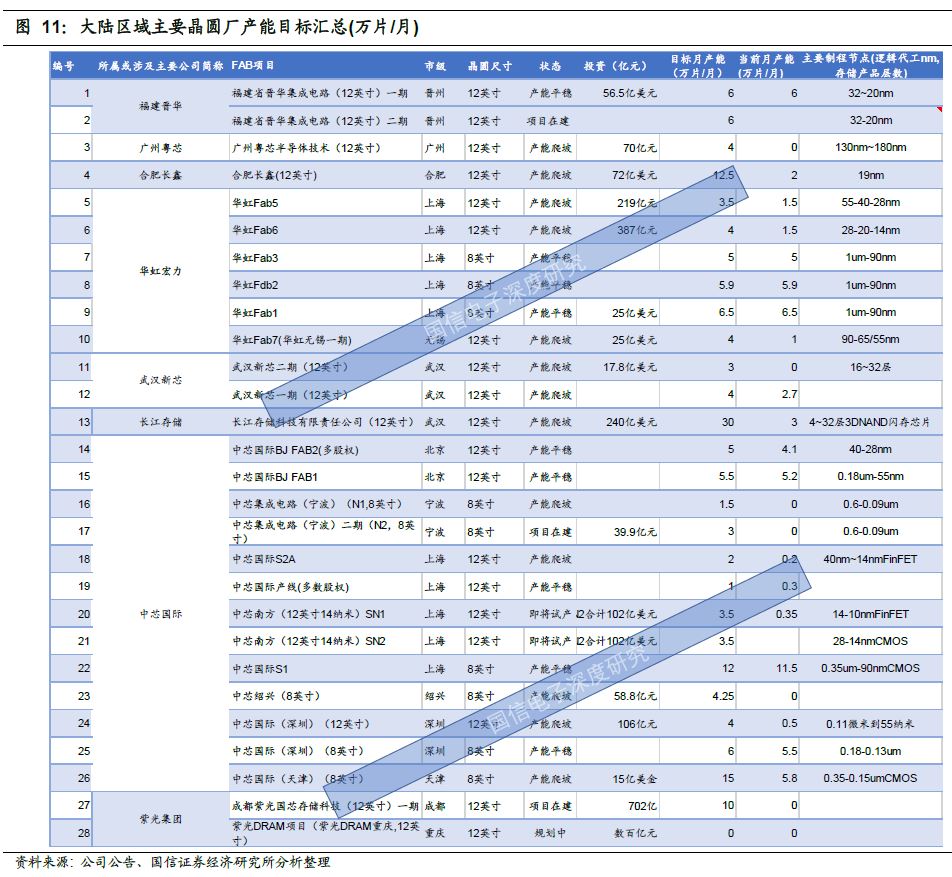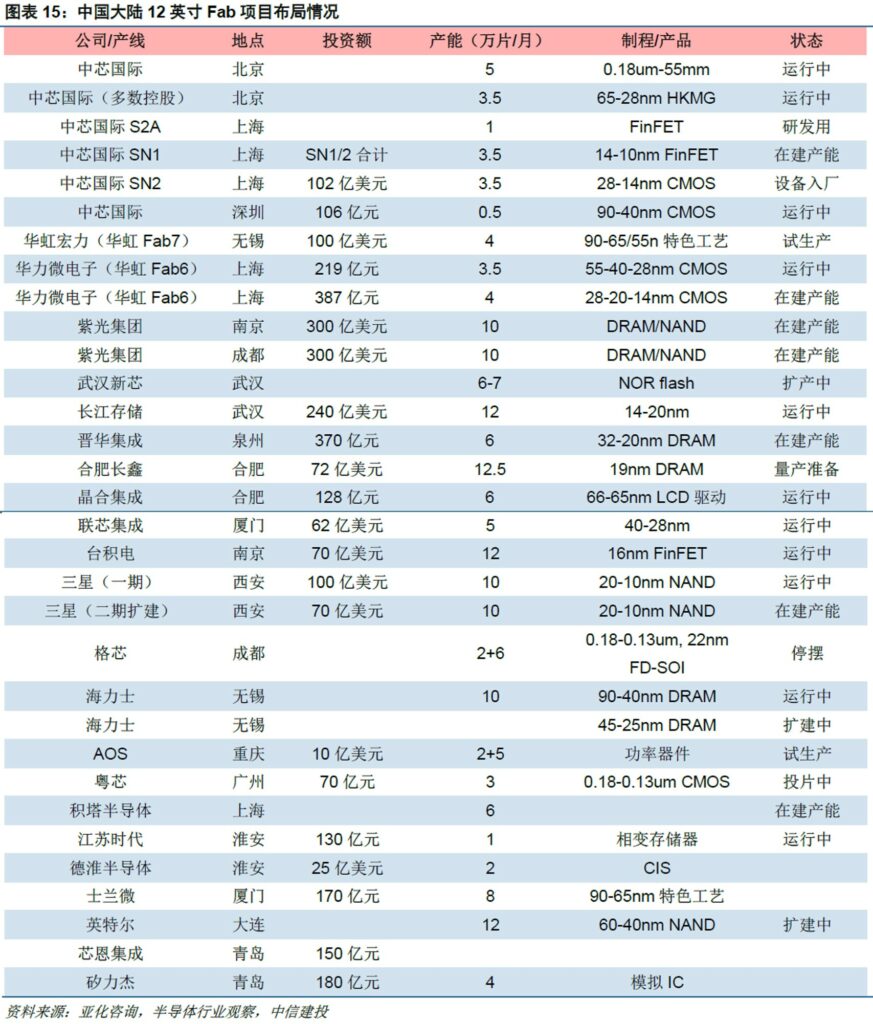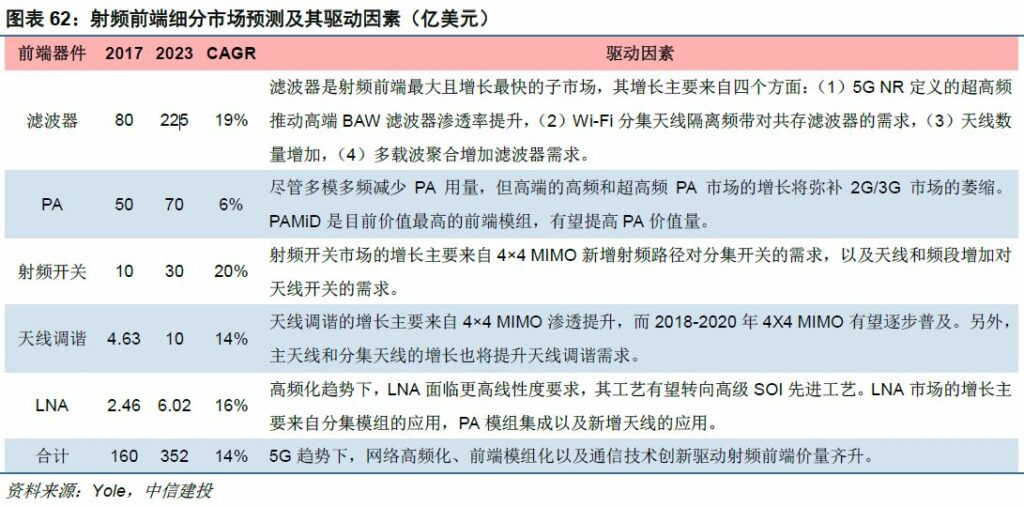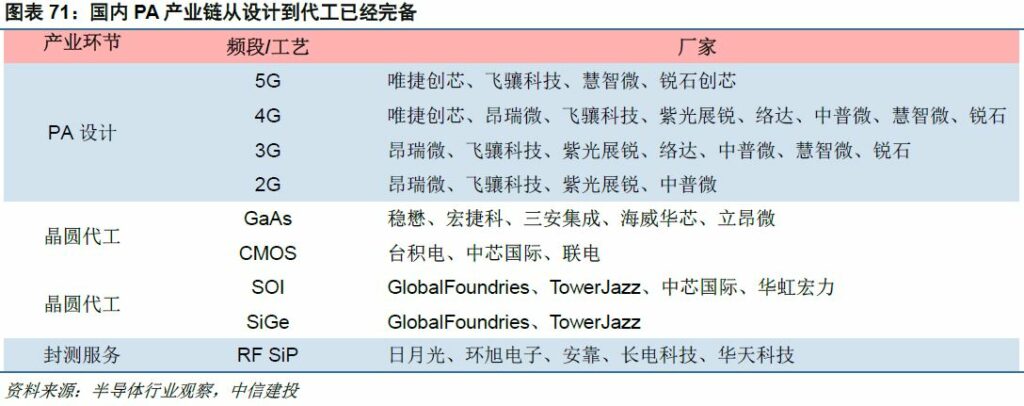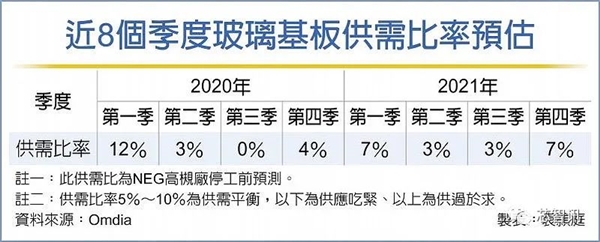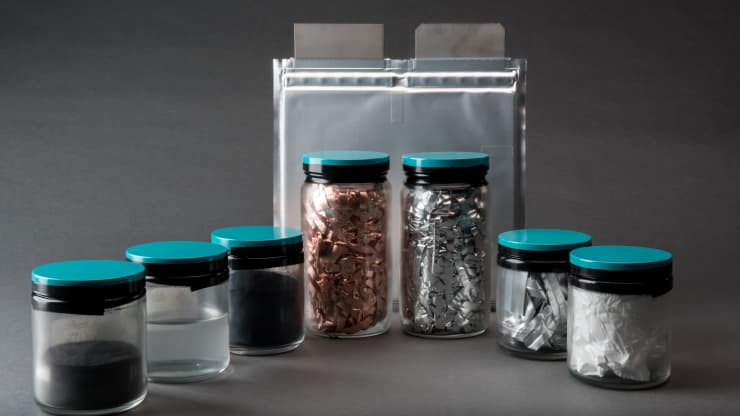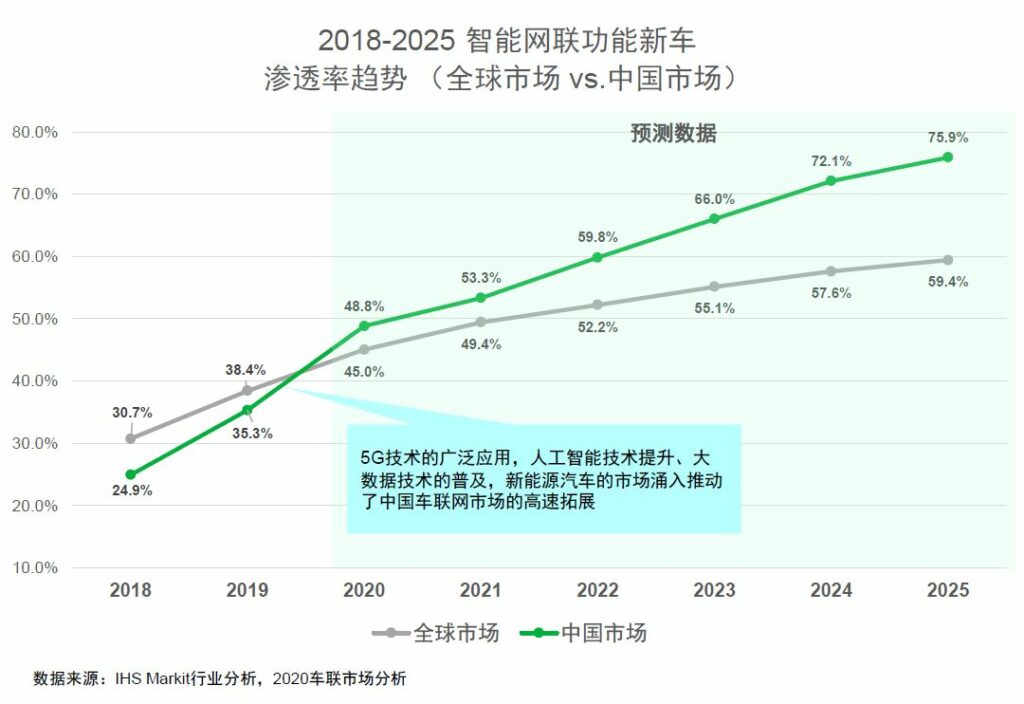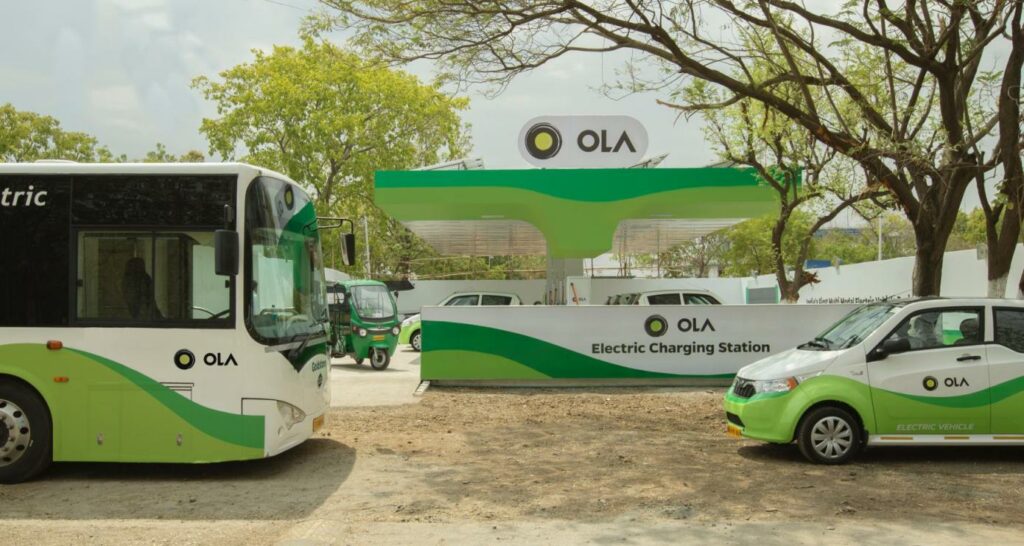
12-14 #Routine : MediaTek plans to begin shipping its 5G chips to China-based brand Honor in 2021; Samsung will invest INR4,825 crore to relocate its display production unit from China to NCR in Uttar Prades; etc.
Apple’s A14 SoC production will be utilizing about 80% of TSMC’s 5-nanometer capacity in 1Q21, lower than the 100% utilization level for 4Q20. It is thought that this utilization drop represents a reduction of demand for the iPhone 12 series, in turn forcing Apple to cut orders from the chip foundry. However, TF Securities analyst Ming-Chi Kuo has indicated that it would be “an overly optimistic erroneous expectation” to believe the utilization in 1Q21 would be the same 100% as in 4Q20”. (Apple Insider, TF Securities, Mac Rumors)
Global fab production capacity is fully loaded, and some tight links in the industrial chain have successively increased prices. According to the analysis of the recent monthly revenue data of TSMC and UMC, the capacity utilization rate of the foundry is relatively full, and the revenue data shows a good year-on-year growth trend. In particular, the 8” foundry production capacity is in short supply, and the manufacturer’s delivery time has been extended. Foundry companies such as UMC, Globalfoundries and VIS have increased their quotations by about 10%-15%. (Guosen Securities report)
According to SEMI, 62 fabs will be put into production globally during 2017-2020, of which 42% (26) are located in mainland China. These 12” wafer fabs are mainly used for the production of storage, logic and other products with high demand and advanced process. The products involve multiple fields and processes. Many projects are already in operation. The remaining projects will be put into production in the next 2-3 years. (China Securities report)
The earliest 8” wafer process support is above 90nm. With the advancement of technology development in recent years, the process that can be supported by 8” wafers has partially moved up to 70nm or even 65nm. The 8” wafer applicable process is extended to the high-end, adding new requirements for 8” wafers. In 2019, the market share of advanced processes below 10nm is only 4.4%, and by 2024, its share will increase to 30%. (China Securities report)
In 2020, the penetration rate of 5G mobile phones, smart electric vehicles, and the Internet of Things have increased rapidly, and the Covid-19 pandemic is driving the increase in demand for home office and online education, which will increase the demand for notebooks and tablets. In addition, downstream manufacturers have a relatively high demand for 2021. The stocks are increased to drive downstream power management chips, CMOS image sensor chips, fingerprint recognition chips, display driver ICs, radio frequency chips, and power devices. The demand for analog chips and power devices continues to increase. The manufacturing of devices mainly comes from 8” wafers, which in turn leads to tight 8” wafer capacity from the demand side. (China Securities report)
5G communication technology upgrades and device design innovations have put forward higher requirements on the performance of RF front-end devices, which are driving the increase of price and volume, and it is expected to usher in a 6-year CAGR of 14%. According to Yole’s forecast, the phone RF front-end market was USD16B in 2017 and is expected to grow to USD35.2B by 2023, with a CAGR of 14% in the next 6 years. It is the fastest growing submarket in the semiconductor industry. (China Securities report)
The China domestic PA industry has formed a closed-loop industrial chain and has begun to take shape, but high-end PA is still insufficient. In terms of PA design, the mid-end PA is based on Vanchip and Lansus, the low-end PA is based on OnMicro, 4/5G PA has Vanchip, Smarter Micro, etc., Vanchip’s 5G PA has supplied realme V5. (China Securities report)
MediaTek is laying the groundwork for ramping up its 5G SoC solutions in 2021, with plans to begin shipping its 5G chips to China-based brand Honor in 2021, according to Digitimes. (Digitimes, China Times, Apple Daily, Sina, Yicai)
OPPO currently holds about 10% of the shares of Microelectronics Technology. Alongside other investors, the company has raised its registered capital from CNY1,314,880 (USD201,000) to CNY1,753,194 (USD268,000), which marks an increase of 33%. The Shanghai based Microelectronics Technology was established back in 2019 and its business scope has revolved around integrated circuit chip design and service. (Gizmo China, IT Home)
Samsung will make an investment of INR4,825 crore to relocate its mobile and IT display production unit from China to NCR in Uttar Pradesh, the state government said. Samsung currently makes more than 70% of the total display products used in TVs, mobile phones, tablets, watched, etc., in the world in South Korea, Vietnam and China. It plans to produce handsets worth over USD40B in India under the PLI scheme. (Laoyaoba, India, Economic Times)
Electrochromic technology uses an invisible alloy called tungsten oxide. When tungsten oxide is applied to glass, the surface can conduct electricity, and the passed charge can change the composition of glass molecules, thereby generating a variety of gorgeous colors. OPPO is going to mass produce this technology in 2021, other manufactures including vivo, Xiaomi, Meizu and nubia have already started testing this technology. (My Drivers, Sina, Gizmo China)
OPPO has teamed up with Japanese design studio nendo to release a foldable phone concept that includes a triple-fold hinge. When folded, the handset becomes quite compact, to the extent that it can easily be whipped in your pocket to be used later. When completely unfolded, the smartphone sports a 7” screen that is considerably tall, giving more real estate to users and offering them more content to view. (Android Central, WCCFtech, CN Beta)
The global glass substrate manufacturer Nippon Electric Glass (NEG) factory in Takatsuki City suffered a power outage for 5 hours on the evening of 11 Dec 2020, causing damage to its production equipment. Currently the factory has stopped work. According to NEG’s forecast, it will rush to repair two feeding troughs in Jan 2021, and repair the remaining 3 feeding troughs in Feb and Mar. The 3 damaged glass furnaces are also expected to be repaired and resumed in 1Q21. (Laoyaoba, CN Beta, CTEE, ZOL)
LG Electronics has decided on LG Rollable (tentative name), Rainbow, and LG Q83 to be part of the smartphone lineup for 1H21. Its strategy is to take the leadership in next-generation smartphone form factors by becoming the first smartphone manufacturer to apply rollable display and also secure practical interests through premium and budget smartphones. “LG Rollable”, which will be the second product of the company’s Explorer Project, can be stretched out to 7.4” from 6.8”. (Android Authority, ET News)
Specialty DRAM prices, which have started rising recently, will continue their rally next year due to tight supply, according to Digitimes. The specialty DRAMs cost has increased 10-20% recently. In 2021, quotations will increase by 5-10% quarter by quarter. It is expected that 3Q21 prices will have the opportunity to rise by 30-40% compared with the same period in 2020. Digitimes pointed out that on the one hand, Samsung Electronics and SK Hynix has tried to push the production capacity of CMOS image sensor (CIS), and successively transferred the DRAM production line to the production of CIS, especially with small capacity and old specifications of DDR2 or DDR3 bears the brunt. Specialty DRAM products account for about 9-10% of global DRAM. (Digitimes, Laoyaoba, CN Beta)
The market for recycling lithium-ion batteries alone could be worth USD18B annually by 2030, Statista estimates, up from USD1.5B in 2019. Amazon, Panasonic and recycling start-ups are preparing for a tsunami of demand for battery recycling. Nevada-based startup Redwood Materials can mine electronic waste for metals. A competitor, Li-Cycle, aims to crack the logistical puzzle of transporting batteries. Since launching in 2017, located in Carson City, the start-up’s two facilities currently handle all the waste materials and defective batteries coming out of the nearby Tesla Gigafactory, co-owned by Panasonic. (CN Beta, CNBC, IT Home, Statista)
Reddit has acquired short-video platform Dubsmash, becoming the latest company to expand in a space dominated by Chinese-owned TikTok. Dubsmash’s “communities are driven by young, diverse creators—about 25% of all Black teens in the U.S. are on Dubsmash, and females represent 70% of users”. (CN Beta, Reddit, Reuters, TechCrunch)
Infinix Smart HD 2021 is official in India – 6.088” 720×1560 HD+ TFT 500nits, 1.2GHz unknown SoC, rear 8MP + front 8MP, 2+32GB, Android 10.0 Go Edition, rear fingerprint, 5000mAh, INR5,999 (USD81). (Gizmo China, Flipkart)
vivo iQOO U3 5G is announced in China – 6.58” 1080×2408 FHD+ v-notch 90Hz, MediaTek Dimensity 800U, rear dual 48MP-2MP depth + front 8MP, 6+128 / 8+128GB, Android 10.0, side fingerprint, 5000mAh 18W, CNY1,498 (USD229) / CNY1,698 (USD259). (Gizmo China, Sohu)
According to IHS Markit, the current penetration rate of new cars equipped with the Internet of Vehicles function in the global market is about 45%, and it is expected to reach nearly 60% by 2025. It is long-term forecast that China’s intelligent networked car market will continue to grow, reaching close to 20M vehicles by 2025, with a market penetration rate of over 75%. (IHS Markit report)
Ola Electric has announced a INR2,400 crore (USD320M) investment plan to set up, what it calls, the biggest electric scooter manufacturing plant in the Indian state of Tamil Nadu. The Memorandum of Understanding (MoU) with the Tamil Nadu government is for a factory with an initial annual capacity of 2M units. (TechCrunch, Business Insider)

